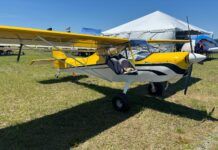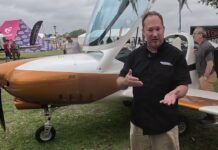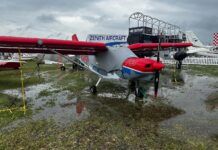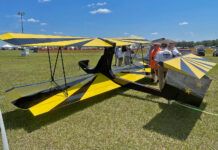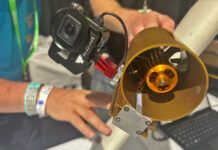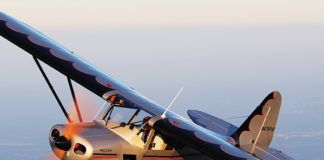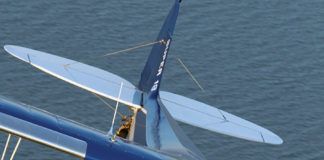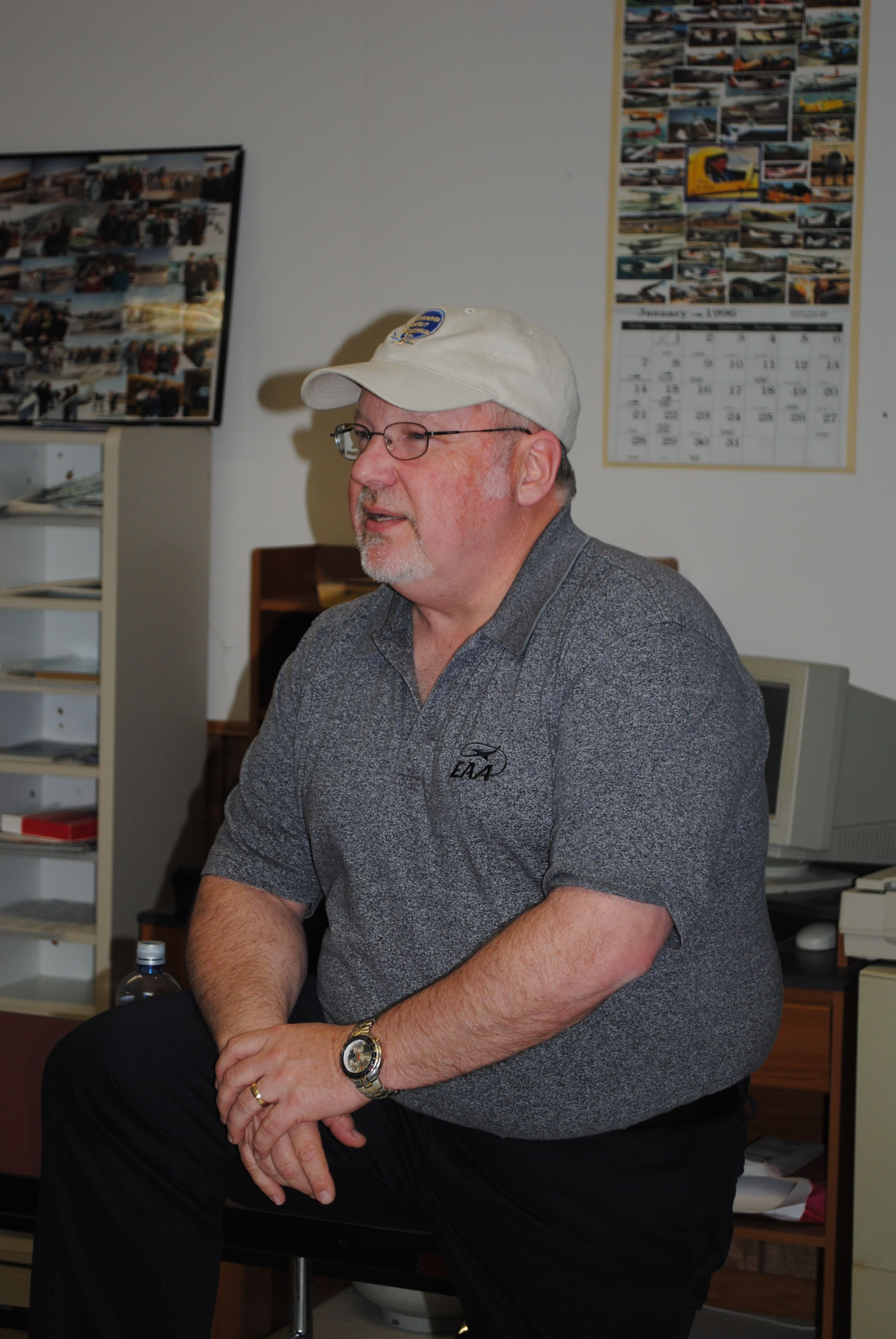
Every Experimental aircraft comes with a set of specific operating limitations. They are issued by the Designated Airworthiness Representative (DAR) when the aircraft is certified for flight.
Operating limitations define how you can operate your airplane. In the operating limits it should state what you need to do if you need to make a major change to the airplane (anything that changes the performance or the flight characteristics of the airplane–new engine, new prop, new CG, new flight controls). It should also tell you in the operating limits what you have to do to make the change. If not you have to consult your FSDO for these instructions.
But let’s say you are the second or third owner of an Experimental aircraft, and now you want to fly the airplane differently than what the previous owner might have done. For instance, the original builder outfitted the Van’s RV-8 for day VFR only instrumentation, and then allowed the DAR to create operating limits to restrict the airplane to Day, VFR, with no other provisions.
Now you buy the airplane and install a Garmin 530 GNS and a Grand Rapids EFIS. You want to fly it IFR. But if the airplane’s operating limits from the FAA say it is Day VFR only, and there is no provision in the operating limitations stating that if it is equipped for night or IFR, you can fly it IFR, then you will have to reapply for new operating limitations from your FSDO. All this is according to Joe Norris, EAA Homebuilders Community Manager and DAR, in a forum on April 1.
Norris noted that it is not Part 91.205 that applies to you. Aircraft holding Experimental airworthiness certificates are handled differently. All of your limits really are held first within your aircraft’s operating limitations (one reason it is so important to work closely with the DAR who is originally issuing them when the airworthiness certificate is issued; it pays to get this right). To get the operating limitations changed in your favor you’ll have to go to the FSDO, show that you’ve equipped the airplane properly and demonstrate that the airplane is capable of safe flight in that operating condition.
Norris admits that it’s a hassle, but he insists that changing the operating limitations on an Experimental aircraft is entirely possible.
Most of the time you will have to put the airplane back into Phase I flight testing, with all of the applicable limits, and prove that it safely operates with the new control surfaces, prop, engine, etc. Phase I limits include area defined for flight testing and passenger prohibition (required crew only).
One of the caveats is that if you have the major modification that is spelled out in your operating limitations, then you have to perform the testing in the original area (land mass) that your Phase I testing was prescribed in.
So, let’s say you bought the airplane, moved it from Ohio to Kansas, then decided to change out the GSC prop for an MT prop that was recommended to enhance performance. You would have to either do the Phase I testing back in the original Ohio area, or have the operating limitations rewritten by your local FSDO to allow you to do the testing in Kansas, from the airport where the airplane is now hangared.
Here is one more example brought up by Norris in the forum: An RV-8 is built for aerobatics, but you buy it to do some cross-country flying, and you need it to have a higher gross weight. You could put it back into Phase I testing and develop a new weight and balance at the new gross weight. Then you could create an aerobatics regime and a cross-country regime of weight and balance for the airplane. This can be done as long as you adhere to the operating limitations of the airplane.
And what if the operating limitations need changing? Go see your local FSDO, says Norris. But don’t go without a plan of how you would like to see them change, and why, and how you plan to go about the Phase I testing safely. The FSDO is then much more likely to be receptive to your ideas for your airplane.


